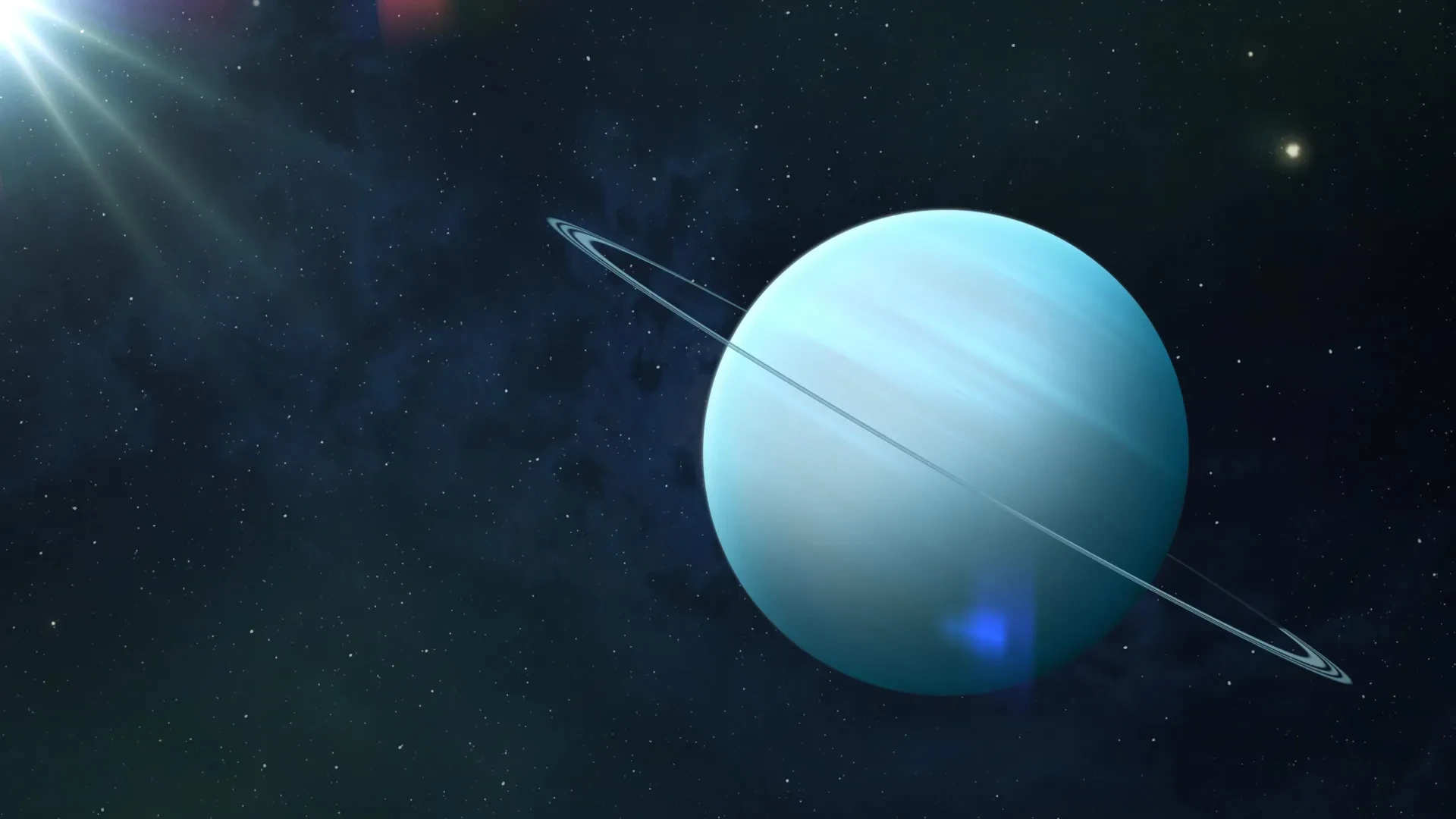ESA’s Gaia telescope has detected a massive wave spanning the Milky Way’s disc, vertically shifting stars and gas across tens of thousands of light-years. The phenomenon, revealed in new data, involves both young giant and Cepheid stars. Its cause remains unknown, pointing to possible ancient galactic collisions.

October 22, 2025

Source:
New Scientist
Unexpected Galactic Wave
The European Space Agency’s Gaia telescope has detected a vast wave oscillating across the Milky Way’s disc. This discovery, first reported by Sky at Night Magazine, reveals a vertical ripple that stretches tens of thousands of light-years. Unlike the previously known warp of the Milky Way, this new feature moves both stars and gas in a massive up-and-down pattern from the galactic center outward.
Gaia’s Unique Insight
The Gaia satellite is conducting the most extensive survey of the Milky Way to date, mapping the positions and motions of nearly two billion stars (UCL News). Its data now visualize how certain stars, including young giants and Cepheid variables, follow this vertical wave, giving scientists an unprecedented look at the galaxy’s structure.
Keep up with the story. Subscribe to the PR+ free daily newsletter

Source:
European Space Agency
Characteristics of the Cosmic Ripple
The discovered wave starts near the Galactic center and propagates outward like a ripple caused by a stone dropped into water. ESA’s release of Gaia data includes visualizations—stars color-coded in red and blue—that highlight how different stellar populations are being shifted vertically across the galaxy.
Stars and Gas in Motion
Young giant stars and Cepheid variables are central to tracking the phenomenon.
The ripple also appears to affect galactic gas, not just stars, underscoring the scale and impact of this event.
Previous studies noted a wobbling or warped Milky Way disc, but this vertical oscillation presents a new and distinct movement pattern.
Read More

Source:
Forbes
Share this news:




















